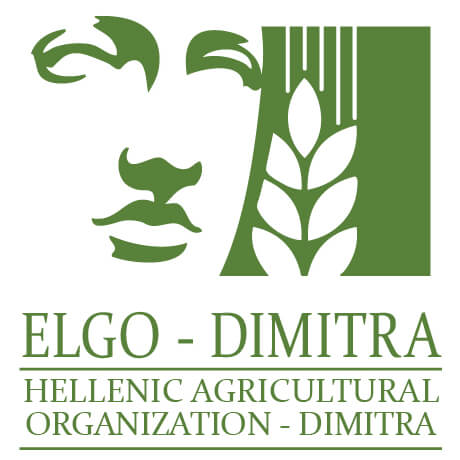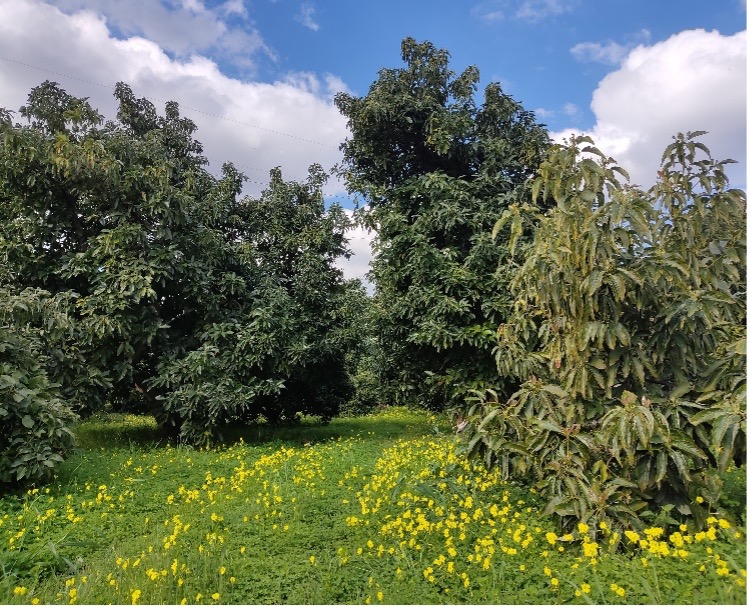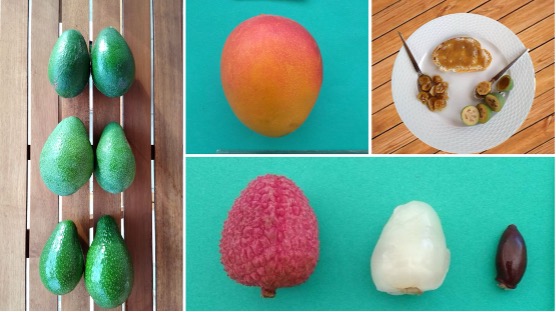
AGRICULTURAL RESEARCH

Researchers at the Institute of Olive Trees, Subtropical Crops, and Viticulture of ELGO-DIMITRA in Chania are searching for ideal areas in Greece to cultivate subtropical fruits, and it turns out there are quite a few.
Mango, lychee, Annona, feijoa, pitaya, and on top, avocado. Surprisingly, one doesn’t need to travel to Brazil to taste the exotic fruits. A trip to Crete or other regions in Greece with favorable microclimates is enough to enjoy them.
These ideal areas in our country where subtropical fruits can thrive are sought by researchers of the Institute of Olive Trees, Subtropical Crops and Viticulture of ELGO-DIMITRA in Chania, which, it seems, are several, especially in Southern Greece.

«The climate crisis affects traditional crops and creates problems that need immediate attention. Economic pressure exerted on the primary sector because of it can find a way out in new crops, as long as the right species are selected, adapted to the conditions of the cultivated areas, as long as they are economically interesting for the producer and are accepted by the consumer. Two such species, for example, specifically for southern Greece, are pecan and macadamia (both nuts). These are subtropical species that need high temperatures and relative humidity and have been tested for more than 20 years in the climatic conditions of Crete» explains Dr. Teresa Tzatzani, an agronomist and researcher at the Institute of Olive Trees, Subtropical Crops and Viticulture of ELGO-DIMITRA.
According to her, there are already established productive crops of subtropical species, such as avocados, mangoes, and lychees, mainly on Crete, but also in various other parts of our country, which can be absorbed by foreign markets, while consumers in Greece are slowly learning about subtropical fruits.
«Indicatively and according to international market data, our country is the second largest producer of avocados in the EU. The areas are estimated at 40,000 hectares. First on the list is Spain with 100,000 hectares and 1% of world production. On Crete, there are currently several varieties of the species that can produce fruit all year round. Similarly, the mango could reach the peak of its flavor and aromas by remaining on the tree until it ripens, without having to travel from Asia unripe initially or particularly expensive in the case of air transport. Due to their excellent quality, Greek mangoes – currently produced on Crete – are becoming a hit in local and selected markets in Attica.», Dr. Tzatzani says.
Increasing consumer knowledge about the relationship between nutrition and good health or disease prevention creates opportunities for the production of new foods fortified with bioactive substances. For this reason, there is a growing global interest in fruits that contribute to a healthy diet, enhanced by unique and highly aromatic flavors. This combination is met, for example, by lychee and feijoas, and as a result, their production has increased in recent years due to their attractive properties as a good source of vitamins and bioactive compounds. At the same time, other well-known but displaced species are finding their place on the table again. Carob and prickly pear, which for years were taken for granted in our country but remained underrated, are being upgraded to “superfoods” and “multifactional foods”, and the expansion of their commercial cultivation is starting again on Crete and the Peloponnese respectively.
Cultivation possibilities throughout Greece
The Institute of Olive Trees, Subtropical Crops and Viticulture in Chania maintains national collections of avocados, mango, carob, prickly pear, lychee, macadamia, pecan, feijoas, etc., with more than 150 varieties. Researchers at the institute engaged in applied research on subtropical crops are looking for ways to help producers cultivate these plants successfully through propagation, breeding and cultivation protocols, pest and disease management, proper fertilization, guidance, etc. At the same time, they are looking for suitable locations throughout Greece for the establishment of new subtropical plantations with the ultimate goal of an economically viable crop.

Research shows that there is potential for cultivation – depending on the region and the microclimate- on Crete, Peloponnese, Central Greece, the coasts of eastern and western Central Greece, and the Aegean islands. So far, producers have been sourcing certified propagating material from abroad, so in the next three years ELGO-DIMITRA will focus on the production of domestic propagating material, initially for avocados – with the support of the Region of Crete – and later for other species. At the same time, ELGO-DIMITRA’s laboratory will continue to inform producers every year and for each variety about the maturity and suitability of the fruit for harvesting, as for avocados, there are no official dates foreseen at the state level.
From January 2022, the ELGO-DIMITRA programme, which is being implemented in Messinia and Laconia, is in full swing and concerns the cultivation of subtropical plants for five years in selected areas, to gradually familiarize the producers of the region with the new crops. «We focused mainly on the coastal areas to support these crops. In the future, if there are other producers interested in joining the programme, we will support them without expertise», the research says, adding that according to the programme, at least 25 hectares will be cultivated, and the first indications are expected to be recorded the year after. It is worth noting that these areas have seen a strong interest in recent years in the cultivation of subtropical crops such as avocados, mangoes, lychees, annonas, and macadamias.
Economic Interest
An advantage in the cultivation of subtropical species is their low energy footprint, i.e. low and environmentally friendly inputs. This results in low production costs and a higher profit margin, especially because of the high selling price of these fruits, which ranges from 7 euros per kilo for mangoes to 20 euros for lychee and 30 euros for macadamias.
The year-on-year increase in the area under subtropical cultivation and consumption both at the European and global levels is impressive. In Italy, the avocado market has more than doubled, while the German market has grown by 22% annually. According to data from the World Avocado Organization (WAO), Europe is the second-largest market in terms of consumption (480,000 tons in 2017), showing rapid growth.
Although the cultivation of subtropical species has been increasing in our country in recent years, subtropical should not threaten traditional crops and any changes should be made with great care and study.
Information: Dr. Teresa Tzatzani, ELGO-DIMITRA, Related Institute: Institute of Olive Tree, Subtropical Crops and Viticulture, Chania, tzatzani@elgo.gr
Text: Vasso Mihopoulou